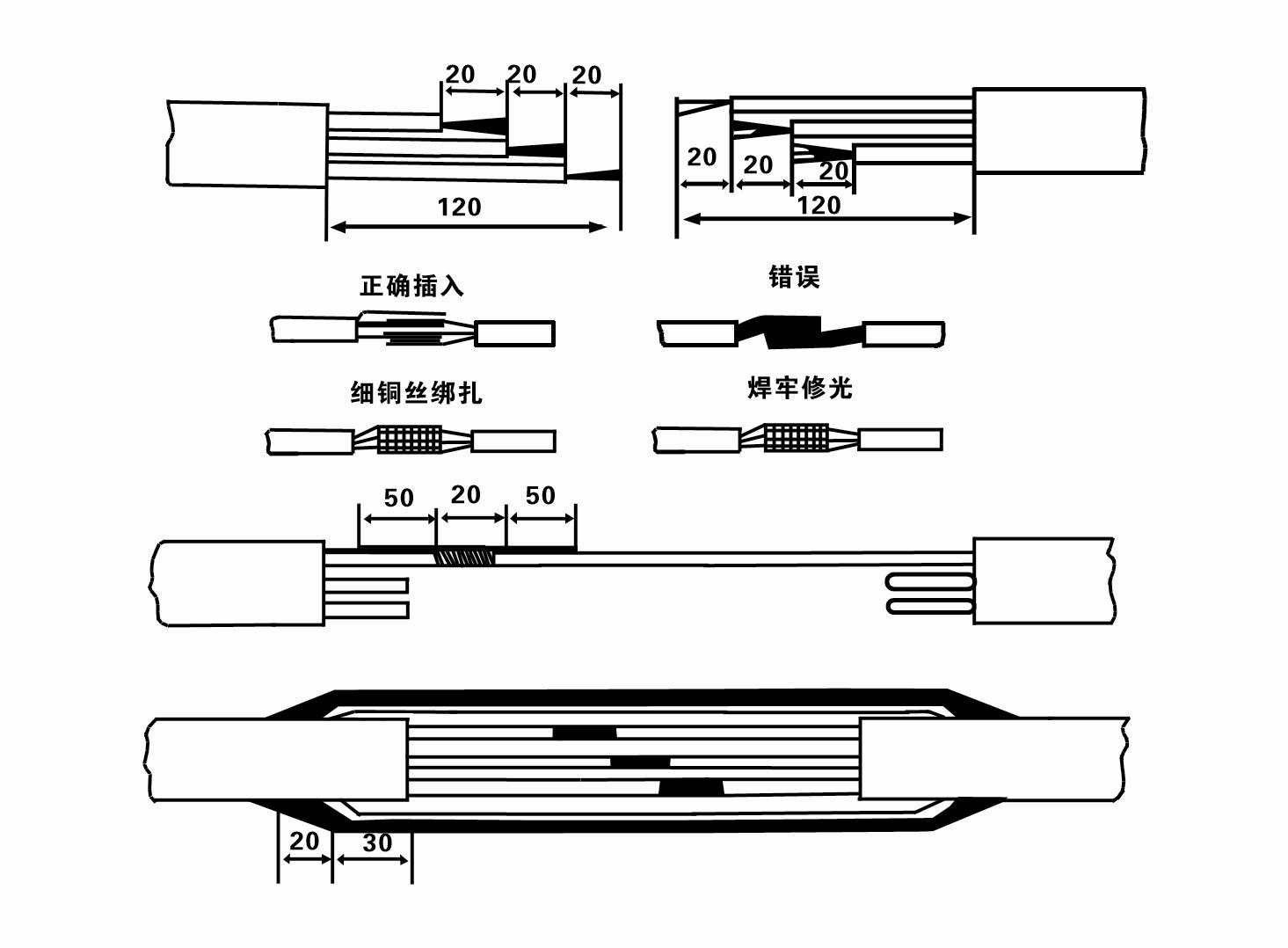Aug . 07, 2024 02:20 Back to list
Understanding the Functionality and Benefits of Oil-Filled Submersible Pumps for Various Applications
What is an Oil-Filled Submersible Pump?
An oil-filled submersible pump is a type of pump that operates while submerged in fluid, primarily used in applications such as drilling, irrigation, and wastewater management. Unlike conventional pumps that may rely on air or other cooling methods, oil-filled submersible pumps utilize oil for insulation and cooling. This design enhances their efficiency and durability, making them a preferred choice in various industrial settings.
Design and Components
The core components of an oil-filled submersible pump include a motor, pump casing, and impellers. The motor is hermetically sealed and filled with oil. This oil serves multiple purposes it lubricates the motor parts, absorbs heat to prevent overheating, and prevents water ingress. Common oils used are mineral oils or synthetic oils, each selected based on specific operational conditions to ensure optimal performance.
The pump casing is robust and often made from corrosion-resistant materials to withstand harsh environments. Impellers play a crucial role in moving the fluid, converting mechanical energy from the motor into hydraulic energy. These pumps are designed to handle significant pressure differences, ensuring efficient fluid transfer from deep underground or submerged environments.
Operational Mechanism
When the pump is submerged, the electric motor activates and causes the impeller to rotate. As the impeller spins, it creates a low-pressure zone that draws fluid into the pump. The rotating impeller then pushes the fluid out through the discharge port, leveraging centrifugal force. The oil surrounding the motor helps maintain a consistent temperature, allowing it to operate continuously without the risk of overheating.
One of the significant advantages of oil-filled submersible pumps is their ability to function under high ambient pressures, such as in deep-water applications. The oil acts as a barrier, preventing water from coming into contact with the motor. This design not only extends the pump's lifespan but also enhances reliability in adverse conditions.
what is oil filled submersible pump

Applications
Oil-filled submersible pumps find a wide range of applications across various sectors. In the agricultural sector, they are commonly used for irrigation systems, delivering water from deep wells to crops efficiently. In municipal wastewater treatment plants, these pumps handle sewage and stormwater, ensuring that contaminants are managed effectively.
Furthermore, they are also vital in the oil and gas industry for dewatering processes, where excess water needs to be removed from drilling sites
. Their ability to operate underwater makes them indispensable in submersible mining operations, where consistent pumping is required to manage flooded shafts.Advantages and Considerations
The advantages of oil-filled submersible pumps extend beyond their operational efficiency. They are generally more compact than surface-mounted pumps, saving space in tight environments. Additionally, they are often quieter in operation since they minimize noise transmission through the surrounding water.
However, potential users must consider certain factors when selecting an oil-filled submersible pump. Maintenance is crucial; regular inspections can prevent issues related to oil leaks or motor failures. Moreover, the selection of the appropriate oil type based on the operating environment is essential to ensure optimal performance.
Conclusion
In summary, oil-filled submersible pumps are critical components in various industries, providing robust solutions for fluid transfer in submerged environments. Their unique design features, coupled with their ability to efficiently manage heat and pressure, make them a preferred choice for many applications. As technology evolves, these pumps are likely to continue playing an essential role in efficient fluid management systems worldwide.
-
Submersible Water Pump: The Efficient 'Power Pioneer' of the Underwater World
NewsJul.01,2025
-
Submersible Pond Pump: The Hidden Guardian of Water Landscape Ecology
NewsJul.01,2025
-
Stainless Well Pump: A Reliable and Durable Pumping Main Force
NewsJul.01,2025
-
Stainless Steel Submersible Pump: An Efficient and Versatile Tool for Underwater Operations
NewsJul.01,2025
-
Deep Well Submersible Pump: An Efficient 'Sucker' of Groundwater Sources
NewsJul.01,2025
-
Deep Water Well Pump: An Efficient 'Sucker' of Groundwater Sources
NewsJul.01,2025
-
 Submersible Water Pump: The Efficient 'Power Pioneer' of the Underwater WorldIn the field of hydraulic equipment, the Submersible Water Pump has become the core equipment for underwater operations and water resource transportation due to its unique design and excellent performance.Detail
Submersible Water Pump: The Efficient 'Power Pioneer' of the Underwater WorldIn the field of hydraulic equipment, the Submersible Water Pump has become the core equipment for underwater operations and water resource transportation due to its unique design and excellent performance.Detail -
 Submersible Pond Pump: The Hidden Guardian of Water Landscape EcologyIn courtyard landscapes, ecological ponds, and even small-scale water conservancy projects, there is a silent yet indispensable equipment - the Submersible Pond Pump.Detail
Submersible Pond Pump: The Hidden Guardian of Water Landscape EcologyIn courtyard landscapes, ecological ponds, and even small-scale water conservancy projects, there is a silent yet indispensable equipment - the Submersible Pond Pump.Detail -
 Stainless Well Pump: A Reliable and Durable Pumping Main ForceIn the field of water resource transportation, Stainless Well Pump has become the core equipment for various pumping scenarios with its excellent performance and reliable quality.Detail
Stainless Well Pump: A Reliable and Durable Pumping Main ForceIn the field of water resource transportation, Stainless Well Pump has become the core equipment for various pumping scenarios with its excellent performance and reliable quality.Detail
